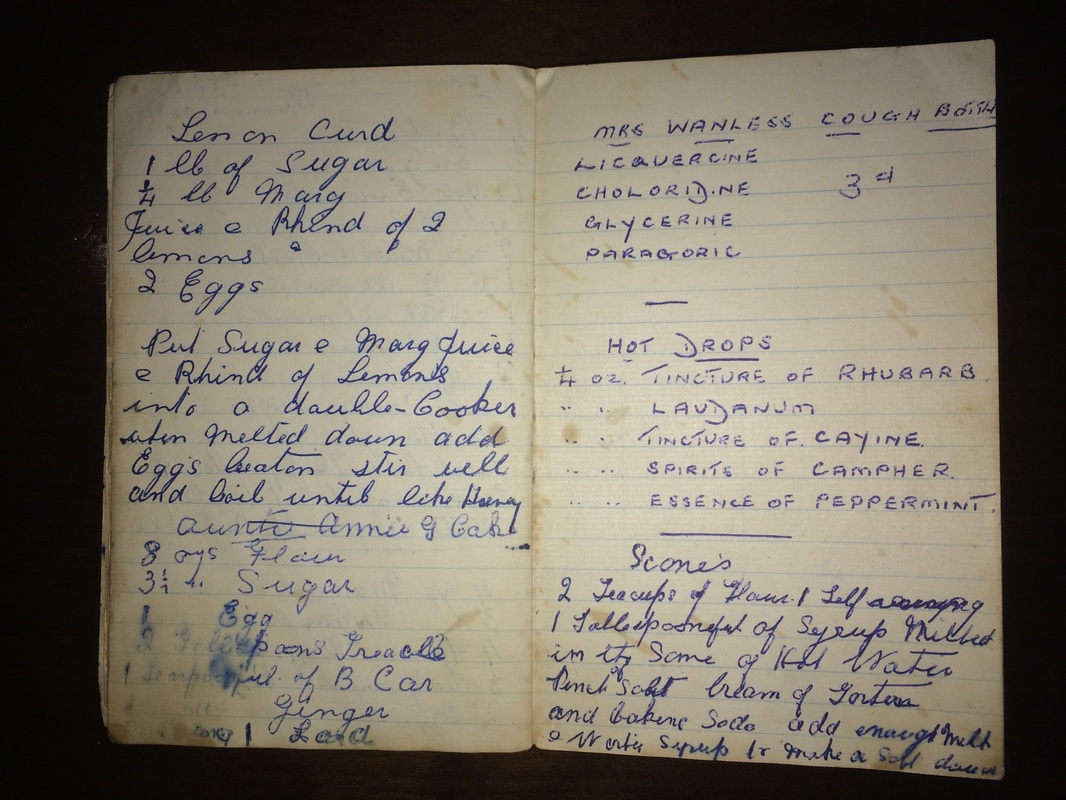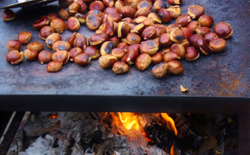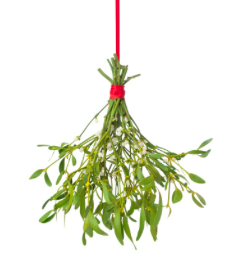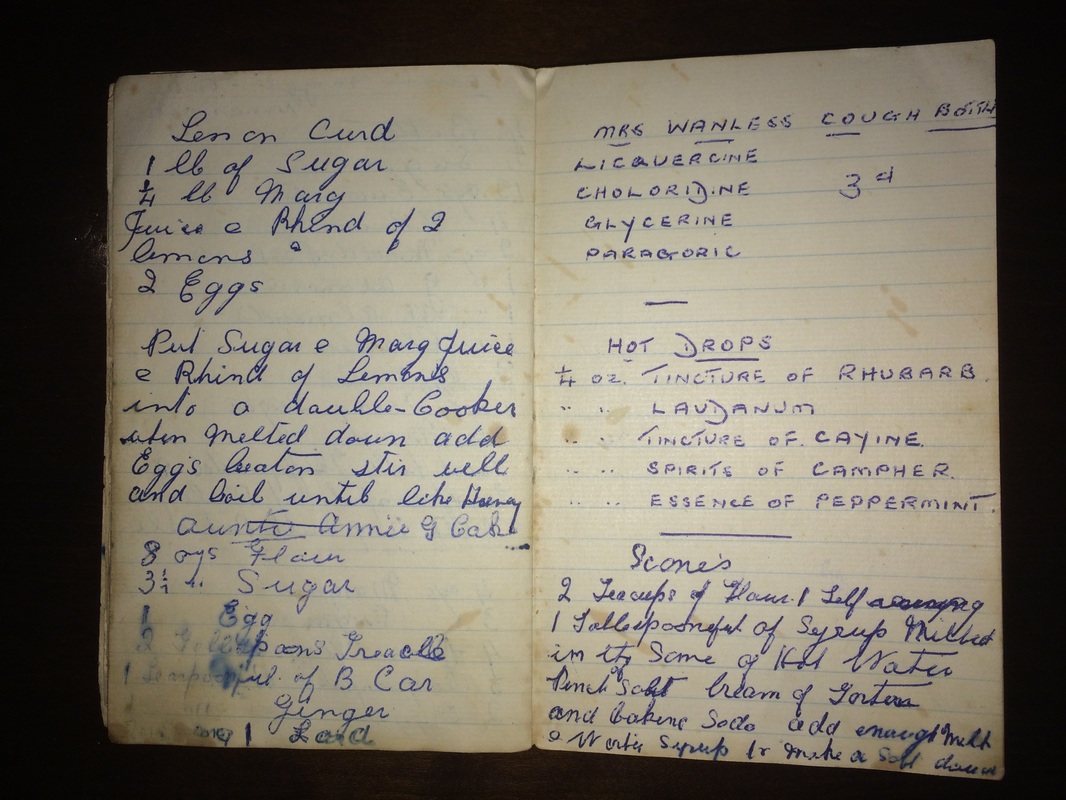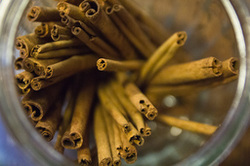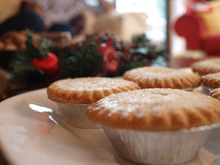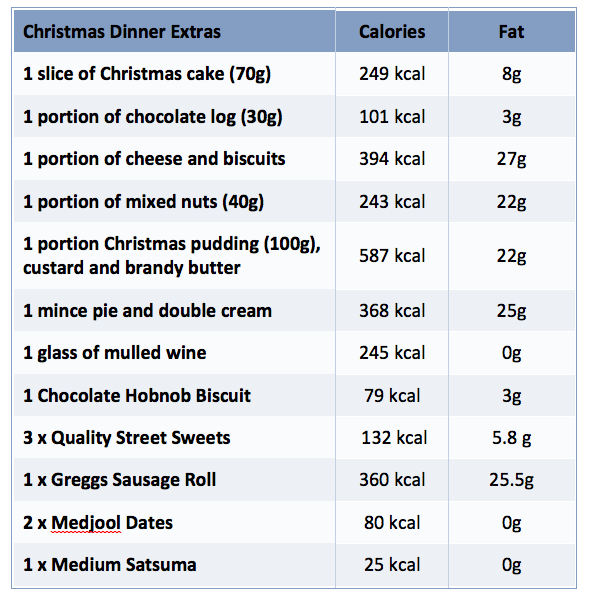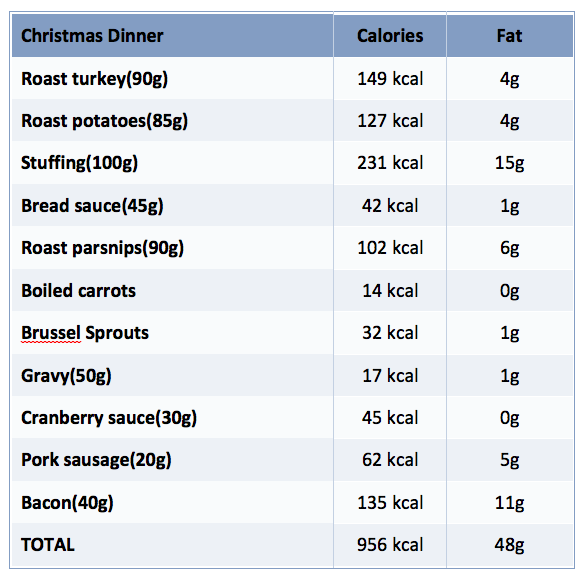- Home
- News Stream
-
Services
- Gateshead - Naloxone Supply Service
- Gateshead - Alcohol IBA
- Winter Access Services
- Tackle High BP
- Microspirometry
- 2019-20 South Tyneside Council Flu Service
- 2019-20 Gateshead Council Flu Service
- GP2P Service
- CPRS
- NHS Health Checks - Gateshead
- NHS Health Checks - South Tyneside
- Think Pharmacy First Gateshead
- Think Pharmacy First ST
- EHC-South Tyneside
- EHC-Gateshead
- Events
- Contact Us
- Search
Ph'estive LPC Webpage
|
As another busy year draws to a close and Christmas is upon us again, I’d like to wish all the unsung heroes of the NHS – community pharmacists, and their staff - a very Merry Christmas and a Happy & Prosperous 2016.
Pharmacies in Gateshead and South Tyneside are ideally placed to provide support, advice and medicines to help patients stay healthy this winter – particularly with our new minor ailment scheme – “Think Pharmacy First” I am delighted that community pharmacies have once again been involved in the delivery of flu vaccinations for all our patients. The NHS service this year has been more successful than ever. (Santa and any “at risk elves” you are responsible for, can call in at the pharmacy to receive your vaccination before you go off delivering presents all around the world! No need to spread anything else other them good cheer. So enjoy our ‘ph-estive’ LPC Christmas News and have a healthy and happy Christmas and prosperous New Year. ** Updated Christmas message in light of the DoH announcement - Click Here
|
Something odd (and Ph'estive) has come over our
Exec team! (Dave, Louise, Jonathan & Sami) Merry Christmas. |
Did you know that you can keep an eye on Santa as he does his work. The NORAD organisation and it's predecessor organisations have been tracking Santa for over 50 years.
These days they use modern technology such as the Radar, Satellites, Santa Cam's, Fighter Jets and to monitor and follow Santa's Journey around the world.
Whilst they can't tell you exactly when Santa will visit you (Only Santa knows his route!) you can countdown to Christmas at their site and then then follow Santa from Christmas Eve as he travels round the world.
Click HERE to access the NORAD HQ Website.
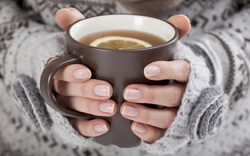
During the winter months many people suffer from colds and take comfort from modern medicines such as Hot Medicated Lemon drinks containing Paracetamol and a decongestant as well as soothing lemon.
A local contractor inherited this recipe book from her great grandmother which contained medicinal cough recipes for Hot Lemon Drops.
An Extract along with the ingredients can be found below.
A local contractor inherited this recipe book from her great grandmother which contained medicinal cough recipes for Hot Lemon Drops.
An Extract along with the ingredients can be found below.
|
Recipe
1/4oz Tincture of Rhubarb 1/4oz Laudanum 1/4oz Tincture of Cayenne 1/4oz Spirits of 1/4oz Essence of Peppermint Unfortunately these days pharmacies would be unable to obtain the ingredients to try out the recipe. Our contract is convinced that she would have had a lot of repeat sales if she could!!! The nearest modern day equivalent would be Gees Linctus which is made with opium tincture. Laudanum was a 10% Opium powder and 90% alcohol it was widely used in victorian times as a pain killer but also as a sleeping draft and tranquilliser it and drank like you would drink whisky. It was also frequently given to babies to sooth them when teething |
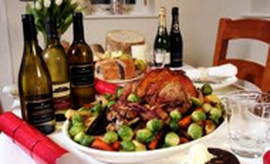
It's Christmas, the festive season.
Traditionally a time for mince pies, Christmas pudding, turkey, stuffing and Christmas cake.
What about a wheat free or gluten free Christmas?
Do you have to miss out because you have a wheat allergy, intolerance, or Coeliac disease?
Everything for a traditional Christmas dinner can be reproduced in a wheat or gluten free version.
Nobody needs to miss out, and nobody will know the difference (if you don't tell them).
IMPORTANT: always check ingredients, manufacturers do change recipes without telling consumers, so don't assume the item you bought to eat last month will have the same ingredients this month, it may not.
Traditionally a time for mince pies, Christmas pudding, turkey, stuffing and Christmas cake.
What about a wheat free or gluten free Christmas?
Do you have to miss out because you have a wheat allergy, intolerance, or Coeliac disease?
Everything for a traditional Christmas dinner can be reproduced in a wheat or gluten free version.
Nobody needs to miss out, and nobody will know the difference (if you don't tell them).
IMPORTANT: always check ingredients, manufacturers do change recipes without telling consumers, so don't assume the item you bought to eat last month will have the same ingredients this month, it may not.
|
GLUTEN FREE GRAVY.....
Ingredients 1 tbsp cornflour 250ml[1 cup]250ml water, stock or drained liquid from boiling potatoes or steaming vegetables4-6 tbsp[4-6 tbsp] 4-6 tbsp juices drained from poultry or meat being roasted ¼ tsp1⁄4 tsp[1⁄4 tsp] dried mixed herbs, thyme or sage (optional) salt freshly ground black pepper Preparation method Mix the cornstarch with a small quantity of fluid (preferably cold) from the 250ml, this will ensure that the cornstarch makes a smooth paste and avoids lumps when the rest of the fluid is added. Add the rest of the 250ml of fluid to the cornstarch paste in a small saucepan, don't add the poultry juices at this stage. Add the optional herbs, the salt and freshly ground black pepper and stir well. Stirring continuously bring the gravy mix to the boil, and add the poultry juices, making sure that you don't let the gravy get lumpy or too thick. If it appears to be thickening too much then add more fluid to thin it to the consistency that you want to serve it at. Leave to simmer over a gentle heat while you sort out serving the meal, then decant the gravy into a preheated jug. If you do end up with some lumps all is not lost, simply decant the gravy through a sieve into the jug and no-one will notice, and it certainly won't affect the flavour of the gravy. |
Chestnut stuffing....
Ingredients 100g dried chestnuts (soaked in hot water overnight) 200ml homemade stock (made from giblets and onion) 1/2 tsp freshly grated nutmeg 25g butter pinch cayenne pepper 1 tsp grated lemon rind 2oz Gluten free breadcrumbs Preparation method Place drained chestnuts in saucepan with the stock (pop the onion in too). Bring the stock to the boil, turn down the heat and simmer the chestnuts for about 45 minutes or until they are soft. Drain the liquid into a jug for later. Whiz the chestnuts and onion in a blender or food processor with the remaining ingredients. Add just enough of the retained stock to make the stuffing moist but not soggy. Stuff the neck cavity of the bird or cook separately in a shallow, covered dish for 30-40 minutes. You could use any remaining stock in the gravy. |
Crunchy roast potatoes
Ingredients Potatoes Preparation method Peel and cut enough potatoes into chunks for each person to have 3 to 4 pieces each. Par-boil in salted water for 15 minutes until just tender. Drain and return to the pan. Place the pan back on the heat and shake vigorously for a few moments to roughen up the surface of the potatoes. Meanwhile, heat some oil in a roasting pan in the oven. Turn the potatoes into the pan and roll in the oil to coat. Return the tin to the oven and roast for 50-60 minutes. You may like to turn the potatoes over half way through roasting, to ensure they end up crispy and not soggy. |
|
Gluten free mince pies.....
Ingredients 125g unsalted butter, chilled and diced 200g gluten-free flour, plus a little extra for rolling 1 tbsp icing sugar grated zest 1 orange 200g gluten-free mincemeat For the crumble topping.... 25g ground almonds 25g flaked almonds pinch ground cinnamon 25g unsalted butter, melted 25g soft light brown sugar Preparation method To make the pastry, rub the butter into the flour until the mixture resembles fine breadcrumbs. Add the icing sugar and orange zest. Spoon in 4 tbsp water, mixing with a knife until the dough starts to come together. Knead lightly, flatten into a disc, wrap in cling film and chill for at least 30 mins. Heat oven to 180C/fan 160C/gas 4. On a lightly floured work surface, roll the pastry out to a 2-3mm thickness. Using a 9-10cm fluted cutter, stamp out discs from the pastry. Re-roll any trimmings and stamp out more discs until the pastry is used up. Line two 8-hole muffin tins with the pastry discs, then fill each pastry shell with 1 heaped tsp mincemeat and spread out to smooth. Can be frozen, uncooked, in trays for up to 1 month. Combine the crumble ingredients in a small bowl, then sprinkle a little over the top of each mince pie. Bake on the middle shelf of the oven for about 20 mins until the pastry is cooked and golden brown. Cool in the tins for 5 mins, then serve with brandy butter or crème fraîche. |
Christmas Pudding........
Ingredients Dry ingredients 100g/3½oz raisins 100g/3½oz currants 50g/2oz sultanas 50g/2oz prunes, chopped 50g/2oz apricots or figs, chopped 25g/¾oz fresh or dried mixed peel 50g/2oz flaked almonds or, if you cannot eat nuts, sunflower seeds 150g/5oz fresh pear, puréed in a food processor, with the skin on 1 level teaspoon each of ground ginger and cinnamon ½ level teaspoon ground mace 25g/1oz gluten-free vegetable suet Wet ingredients 2 eggs OR if you cannot eat eggs, 2 heaped tsp of wheat-free and gluten-free baking powder 150ml/5fl oz of apple or pear juice OR 100ml/3½oz apple or pear juice and 50ml/2fl oz brandy For the flour 100g/3½oz gluten-free and wheat-free flour OR 50g/2oz each of gram flour and 50g/2oz of rice flour Preparation method Mix all the dry ingredients together in a large bowl. Beat the eggs (if you are using them) with the juice and brandy if you are using it and stir it into the dry mixture. Sieve the flours together with the baking powder (if you are using it instead of the eggs). Fold the flour very thoroughly into the fruit. Spoon the mixture into a pudding basin, cover with doubled greaseproof paper and tie with a string or rubber bands. Put the basin in a deep pan, pour in water to halfway up the bowl, cover the pan tightly and simmer for 4-5 hours, checking the water level periodically. Remove basin from the pot, discard the greaseproof paper and cover it with new. Allow to cool, then store in a cool larder. To serve, re-steam for 1-2 hours or reheat in a microwave for 3-5 minutes. |

Ginger is an aromatic spice associated with Christmas Time. Although, historically, it has been used as a hot fragrant spice, or flavouring, it has also been used for its therapeutic properties for over 5000 years.
So what are these therapeutic properties?
Well, traditionally as a medicine, it has been used as a remedy for dyspepsia, nausea (particularly seasickness and morning sickness), colic and as a carminative - although its side effects can include bloating and heartburn.
Anecdotal evidence seems to exist for the use of ginger in blood thinning and cholesterol lowering.
Sometimes, the ginger is brewed up as a tea, for the treatment of colds or formulated as a beer (or ale) to settle the stomach. In India the ginger is sometimes applied as a paste to the head in an attempt to relieve headache; or rubbed onto the skin as a rubefacient.
It has also been used to disguise tastes in medicines, and seems to have an effect of encouraging saliva production to make swallowing easier.
All in all, a really useful pharmaceutical herb - and a very pleasant spice in sweet and savoury treats at this time of year!
A local contractor inherited this recipe book from her great aunt and uses the recipe in it to make Ginger Wine; for those of you who can't remember back to drachms and minims please look next to the photos for the recipe in modern measures!
So what are these therapeutic properties?
Well, traditionally as a medicine, it has been used as a remedy for dyspepsia, nausea (particularly seasickness and morning sickness), colic and as a carminative - although its side effects can include bloating and heartburn.
Anecdotal evidence seems to exist for the use of ginger in blood thinning and cholesterol lowering.
Sometimes, the ginger is brewed up as a tea, for the treatment of colds or formulated as a beer (or ale) to settle the stomach. In India the ginger is sometimes applied as a paste to the head in an attempt to relieve headache; or rubbed onto the skin as a rubefacient.
It has also been used to disguise tastes in medicines, and seems to have an effect of encouraging saliva production to make swallowing easier.
All in all, a really useful pharmaceutical herb - and a very pleasant spice in sweet and savoury treats at this time of year!
A local contractor inherited this recipe book from her great aunt and uses the recipe in it to make Ginger Wine; for those of you who can't remember back to drachms and minims please look next to the photos for the recipe in modern measures!
|
Modern Day Conversions
Strong Ginger Tincture 5ml Lemon Spirit 3.5ml Capsicum Tincture 2ml Burnt Sugar Solution 5ml Sugar 900g Tartaric Acid 21g Boiling water 8 mugs approximately Put all the ingredients in a large bowl, add the water and stir until all the sugar has dissolved. Bottle when cool, makes approx 2 litres. It can be drunk neat or with lemonade or as a mixer. |
|
|
|
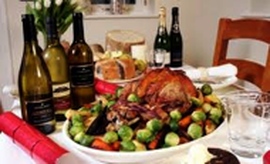
On average we will eat our way through up to 6,000 calories on Christmas Day alone which, according to the British Dietetic Association, is probably due to overindulging on second helpings, snacks and alcohol and the average weight increase is 5lbs (2kg) per person over the Christmas period.
The Christmas meal is not the main culprit - in fact, the traditional turkey roast can be very good for us, as it is a low fat meat. The problem is that over Christmas we can eat roughly three to four times more food than we actually need. So we end up weighing a lot more than we did come January. It also means we are storing up problems for the future, as all the extra calories have to go somewhere and those extra pounds can lead on to developing Type 2 Diabetes.
So what does the average Christmas Dinner mean for our bodies? Here are the nutritional facts:
The Christmas meal is not the main culprit - in fact, the traditional turkey roast can be very good for us, as it is a low fat meat. The problem is that over Christmas we can eat roughly three to four times more food than we actually need. So we end up weighing a lot more than we did come January. It also means we are storing up problems for the future, as all the extra calories have to go somewhere and those extra pounds can lead on to developing Type 2 Diabetes.
So what does the average Christmas Dinner mean for our bodies? Here are the nutritional facts:
So eat and drink in moderation and the New Year resolutions to lose weight won't hit so hard!!
















